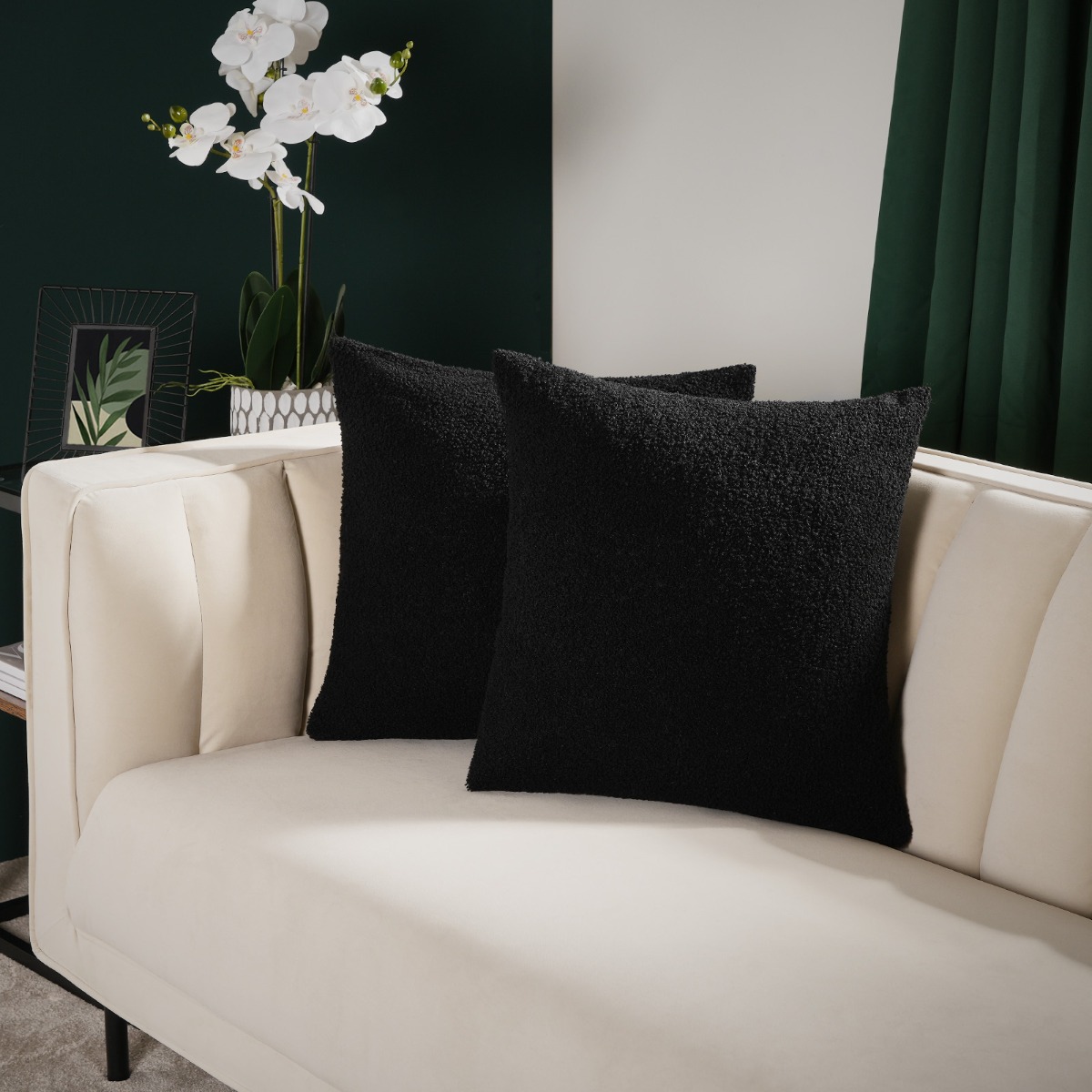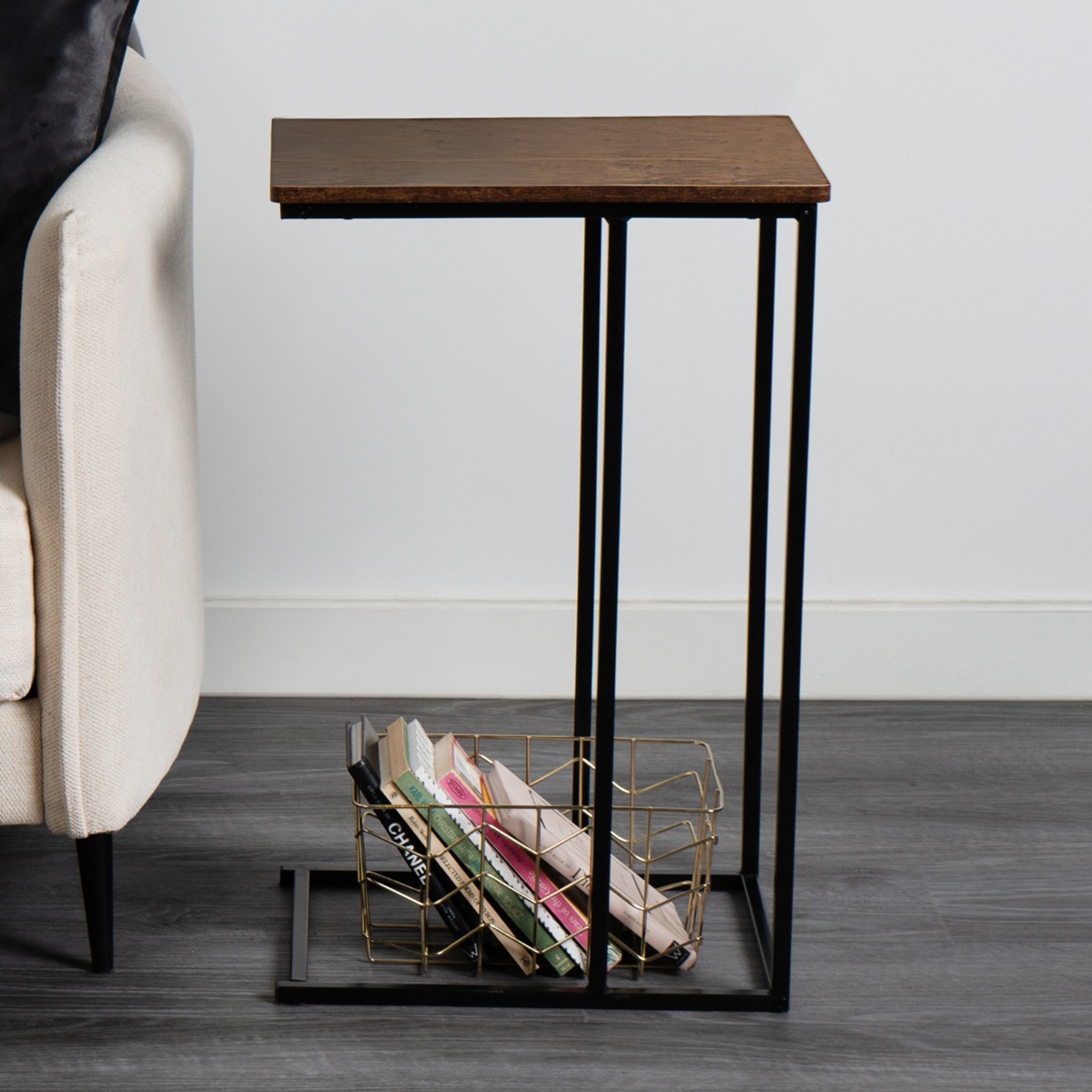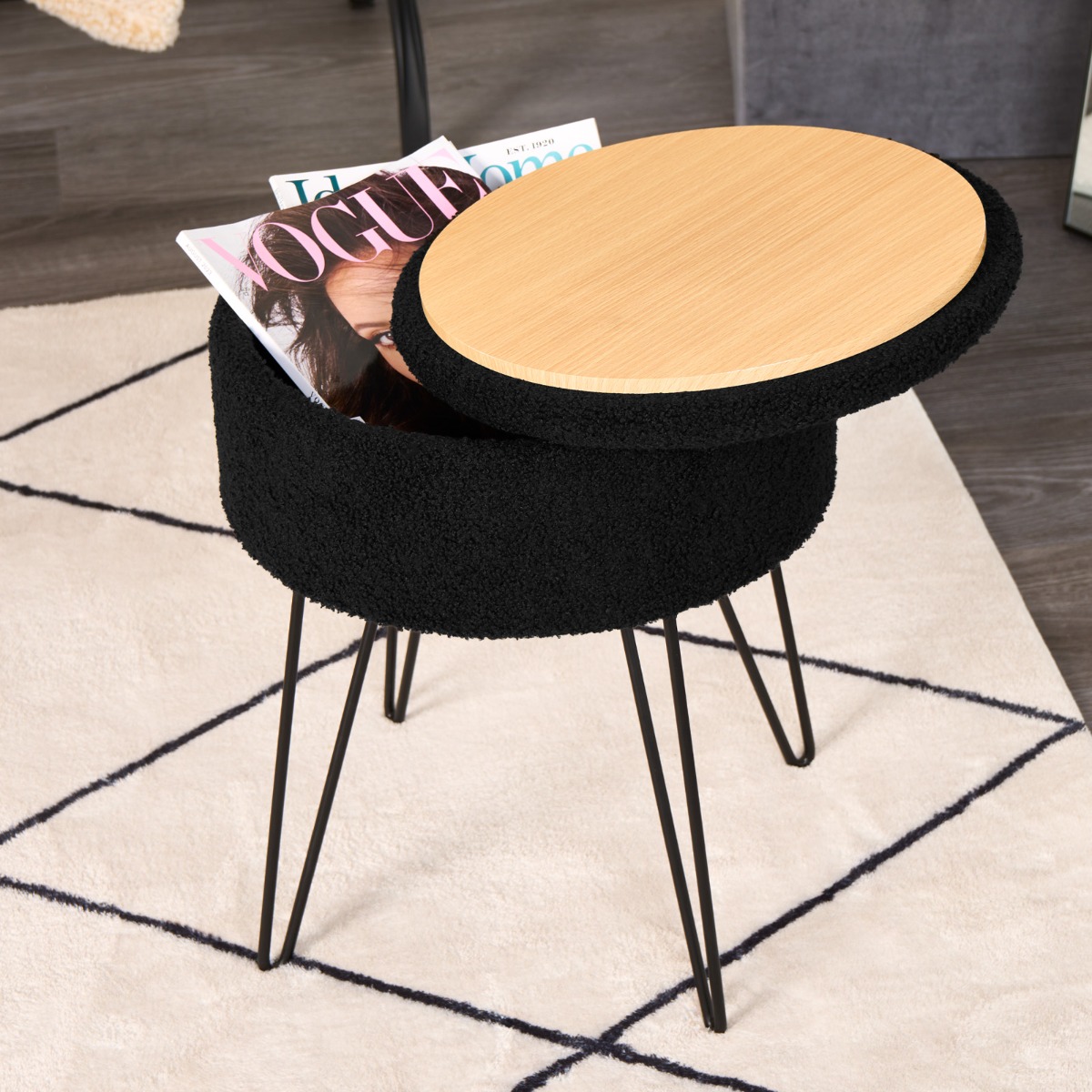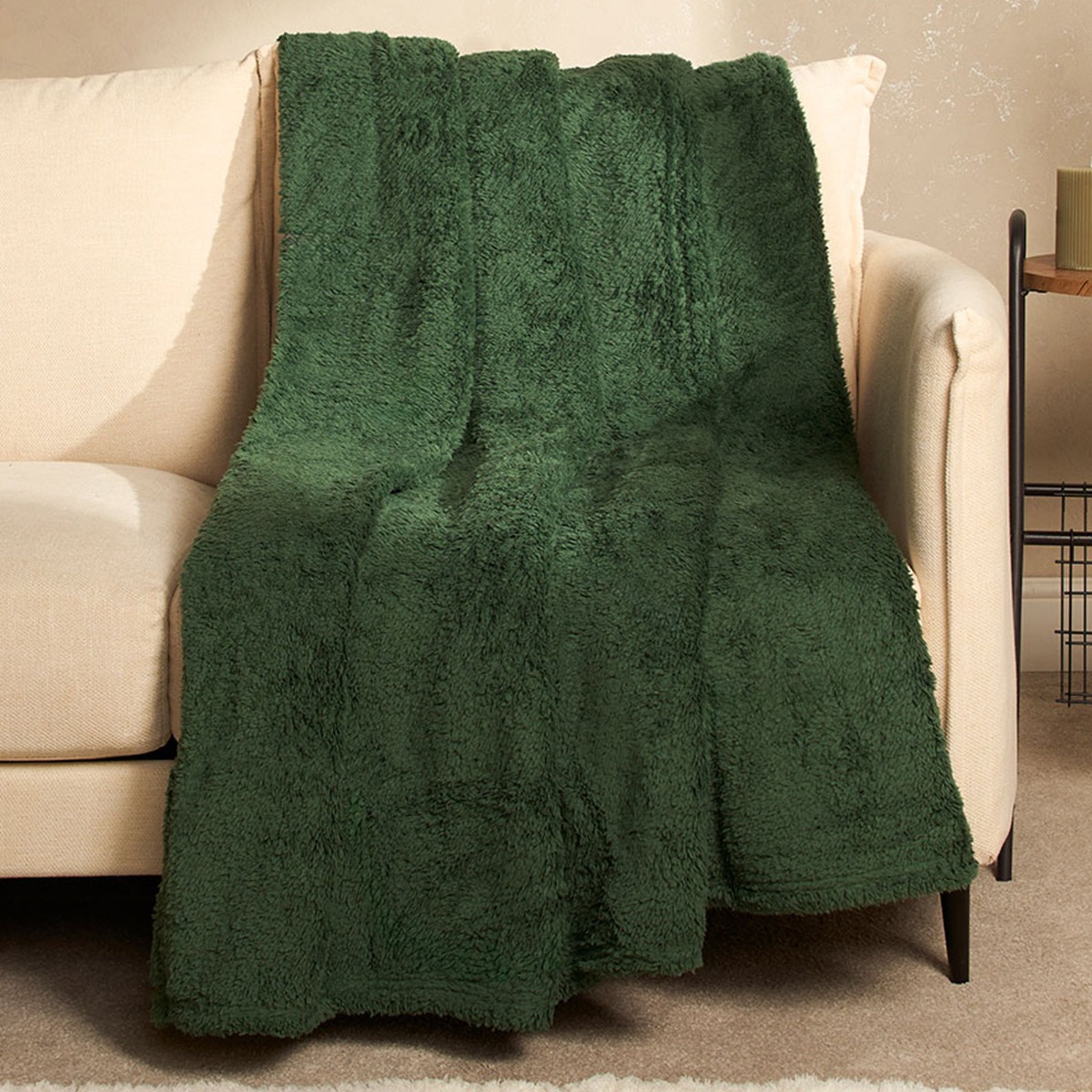Cookie Policy
We use cookies on our site to give you the best experience. By using our site, you agree to the use of cookies as set out in our Privacy Policy page.
Every so often, a moody floral theme creeps into my peripheral and it can’t help but catch my eye. Over the last few years, I’ve noticed this trend sprouting up every so often, like stems from soil to enjoy their season in the sun. I tend to notice this aesthetic hoovering around my social media and trend-based platforms once we’re approaching the end of winter, and spring begins to swell in an emergence of drips and chirps. I find the dark botanical theme very representative of this switch in the seasons actually; nature’s bright hues emerging from a cold and bleak black.
There is something about the blossoming of these lively flowers and their divergent leaves against a dark, sombre background that I find so unique in its look and appeal. As well as being really different from other floral trends that dominate springtime, I also love this style for its distinctive, contrasting colours. Striking the right balance between those colours within your spaces is a big factor in achieving this elevated style of interior décor.
There are various styling choices that will help you tap into the dark botanical look and achieve a moody and atmospheric interior. Whether you want to embrace this aesthetic direction fully and break out the black paint, or simply carve out your own version of this trend to integrate some of its unique characteristics into your interior, we have some tips, tricks, and trendy products to help you get there.
Compose your space with colour
As I’ve mentioned, the key to achieving this look lies very much in your colour scheme and how you choose to regulate those colours. One popular formula for dictating the balancing of colours among interior designers is the 60-30-10 rule. This method, fairly simply, suggests that you cover your space with 60% of your dominant colour, 30% of your secondary colour, and 10% of your accent shade(s). Typically, when employing this rule, we would first have to comb the colour wheel while envisioning what we want to achieve, but luckily, we already have a pretty good idea with the classic dark botanical palette. In this case, I would be going for 60% black, complemented by 30% green, and 10% in blues, pinks, and yellow/oranges.
Use this handy colour palette for inspiration:


Now, before I scare anyone with the idea of your living room being drenched in black, we can achieve this without enveloping the room in gloom. As much as I love a commitment to the look, I would definitely need to think long and hard before painting the 4 walls of my living room black, but painting one wall I could survive. I recommend choosing an accent wall – you likely already have one – and leaving your other walls a neutral or complimentary shade. Once you have your accent wall you can create features on it, like framed botanical prints and shelving with trailing plants. Alternatively, there are gorgeous dark floral wallpapers available for you to choose from if the solid black look isn’t for you. This will create a bold and eye-catching wall either way that is sure to impress guests with your unique style. Other ways to integrate your base colour is to populate the room with nods to it via furnishings and other modes of décor such as curtains and rugs.
Have a look at our collections of curtains and rugs for some ideas.
With your darker colour characterising the accent wall, you will want to create some striking contrast to draw the eye and further integrate the botanical look with sharp contrasts. This is when we can start incorporating our secondary colour, green. I suggest doing this via your furniture, namely your seating including sofas and chairs, as well as your side tables and cabinets. This provides blocks of colour that noticeably contrast the black and introduces the outside in with this natural shade. Refer to the colour palette and choose varied shades to green to truly depict the diverse hues we see in nature. Wooden furniture also does well to complement this style of décor.
You’re then going to want to introduce your accent colours via soft furnishings and home decoration. I recommend variations of blue, pink, and yellow to achieve a floral story that offsets the darker colours in the room. Again, feel free to refer to the colour palette for inspiration when choosing the throws and cushions you’re going to introduce.
Of course, the 60-3-10 rule is only a guide and can be altered however you see necessary to suit you and your personal taste, so let loose and have a little fun when putting your own colour story together and remember who you’re putting the room together for: You!
I’m delighted to say that investing in this trend has never been easier with our range of interior items from OHS. Shop the entire colour story and make the style your own with our stimulating Dark Botanicals collection.




Create a collection of plants to compliment your room
A relatively easy way to achieve this look is by balancing out your dark hues by integrating greenery into your space. While most plants do require some level of maintenance, the benefits of having plants in your home is worth it for both aesthetic and well-being reasons. While there are hundreds of plants to choose from, hugely varied in colour and size, let’s take a look at a few of my favourite plants and their benefits and requirements.
One plant that I love for its untamed look is the Ponytail Palm. Also known as Beaucarnea recurvata, the ponytail palm is a resilient houseplant with many benefits. Perfect for busy plant enthusiasts, this is a low-maintenance plant which only requires watering around once every two months, so its really handy for those seeking an easy-to-care for option like myself. This houseplant can thrive in various light levels, but it’s recommended that it gets up to 8 hours of bright, indirect light, which is usually very achievable in indoor living spaces. These plants do tend to start out quite a compact size, suitable for tabletops and cabinets, but they can grow to over 6 ft indoors in the right conditions. Mine has migrated to the floor recently for this exact reason! Sometimes putting plants on the floor can be risky if you’ve got pets, as some plants are toxic to animals – so always check when deciding what plants to get and where you are going to be placing them. Thankfully, the Ponytail Palm is not toxic and so can be enjoyed anywhere in your home. Beyond its charm of sprawling leaves, the plant also acts as an effective air purifier, filtering indoor air by actively removing toxins, as recognized by NASA among the top plants for cleaning indoor air. Beyond that, the only other maintenance I have to carry out this this addition to my living room has been the occasional trim to remove brown tips.
Another of my favourite indoor plants is the Variegated Scheffler, which I love for its varied shades of lush and glossy green, characterised by its distinctive cream-white or yellow variegation. Originating from Taiwan and South China, this striking plant is a popular option for indoor greenery due to its easy-care requirements and the fact that it won’t exceed 30 inches in height, so it’s suitable for a range of spaces. Alongside its strong visual appeal, this plant also contributes to a healthier indoor environment by releasing oxygen and absorbing pollutants. However, unlike the Ponytail Palm, the Variegated Scheffler is toxic to animals, so if you would like to integrate this into your home and you do have pets, consider your placement very carefully and do not place within your pet-friendly areas. On the plus side, this plant has adapted well to areas of low-light and only requires 4 hours of bright, indirect light daily. This option does require a little more watering, but not by much. I recommend watering every 10 days, or when the soil is 50-75% dry. Regular misting will help boost its humidity and negates the risk of overwatering. With proper care, the Variegated Schefflera can live up to 25 years, adding longevity to its list of appealing attributes.
Lastly, we’ve got the Calathea Peacock. Known for its unique and stunning visual appeal this is a captivating houseplant with distinctive features. Its leaves boast a visually stimulating pattern with vibrant pink and green hues, creating an eye-catching display of colour and contrast that would suit the dark botanical theme very well. As a pet-friendly option, the Calathea Peacock is non-toxic to animals, making it a safe and attractive addition to homes with pets. Beyond its aesthetic charm, this plant contributes to improved air quality, acting as an efficient air purifier by removing toxins such as formaldehyde and benzene. This plant is a little higher maintenance than the others, with it requiring watering every two or three days. While this plant can thrive in shaded areas, exposure to up to 8 hours of indirect, bright per day is ideal for its optimal growth and maintaining the vibrancy in its unique leaves. This is probably my personal favourite indoor plant, mostly due to its intricate leaf patterns. It tends to draw the eye in any room and is always a favourite amount my guests.
Creating a Dark Botanical look in your home can transform it into an enchanting and stylish space that is unique to your own taste and brings a little of the outdoors in. Embrace the allure of mystery with botanical prints and dark accent pieces. Complement your botanical oasis with dark, earthy tones in your decor, from furniture to accessories, creating a cohesive and immersive environment. Select your plants carefully and choose options that boast deep, rich foliage such as the plants we have ran through above. Plants not only contribute to a visually striking atmosphere but also come with a range of benefits, like air purification which is super important. Finally, don't forget to maintain the health and vibrancy of your plants through proper care routines, ensuring they thrive in the atmosphere you’ve choosen for them. With a thoughtful blend of botanical elements and a touch of darkness, your space can be transformed into a captivating retreat that balances nature's beauty with a sense of mystery and allure.
Shop the Dark Botanicals Collection.